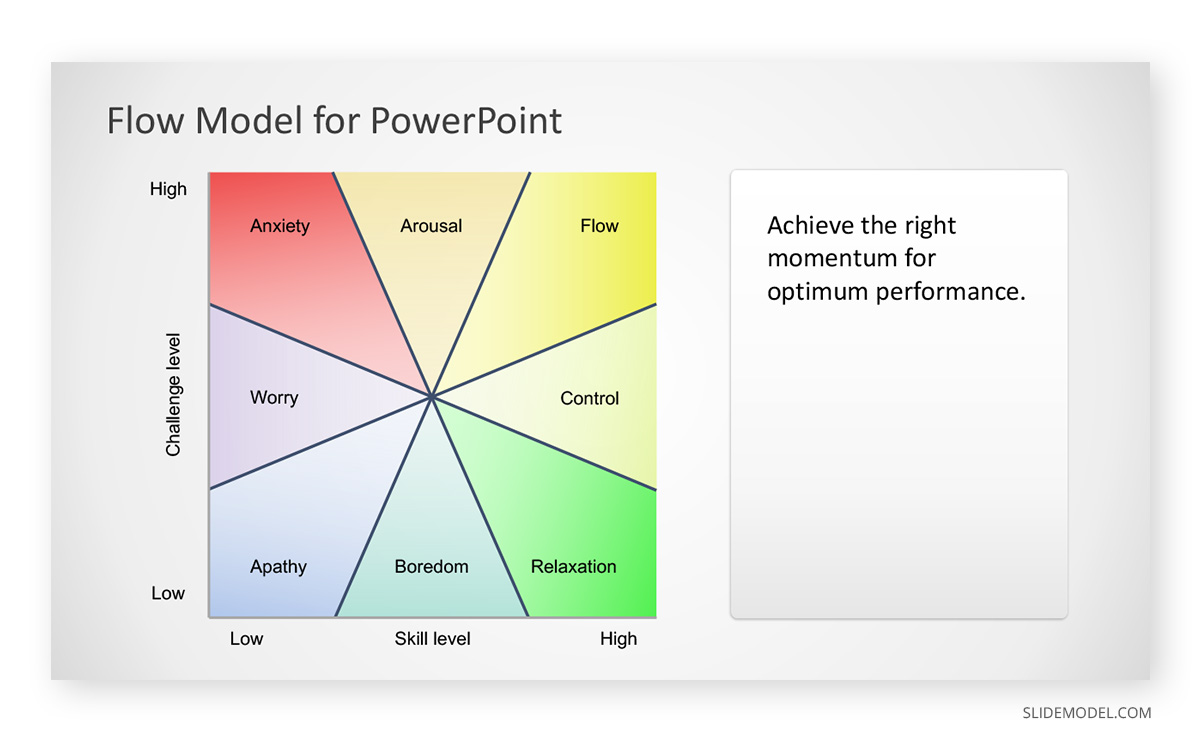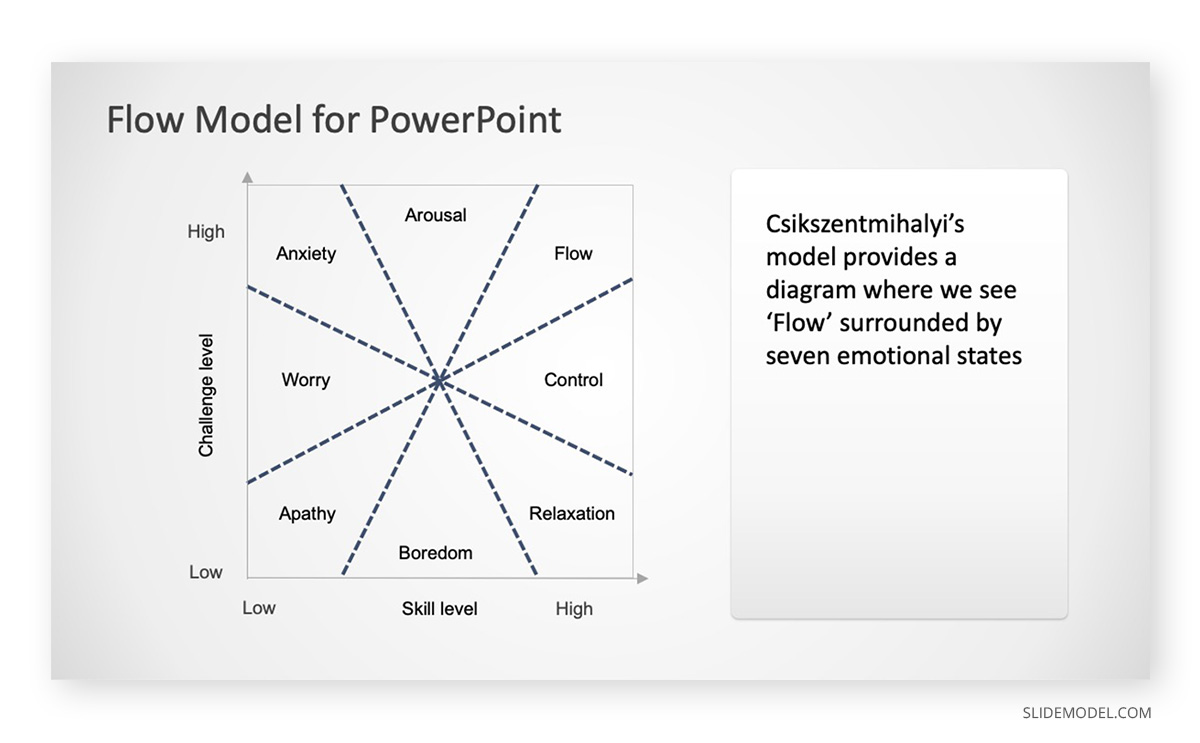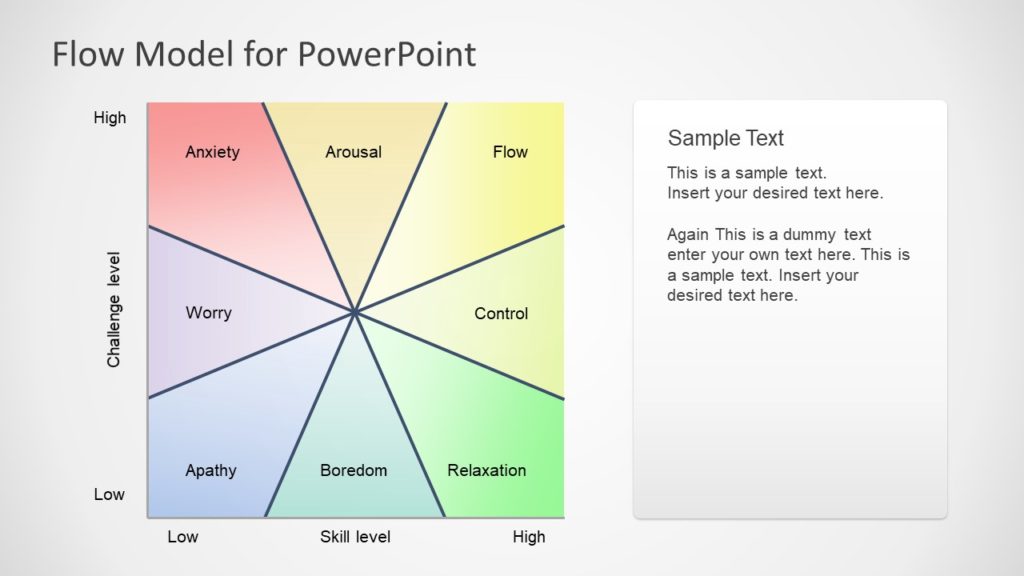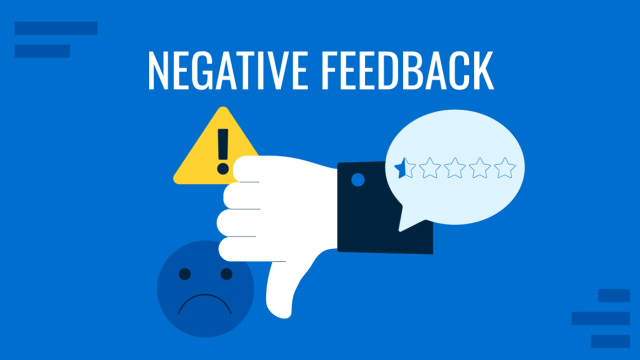
Workplace performance can often suffer from mental roadblocks. You might feel stuck in completing a report or procrastinating an urgent task because you cannot find the right momentum that can enable you to ensure that everything is done right. When you truly lose yourself in your work, it is said to have found ‘flow’. Understanding the Flow Model can help you find that peak and enable you to achieve the right momentum for optimum performance.
What is the Flow Model?
Mihaly Csikszentmihalyi, a Hungarian-American psychologist, is considered as one of the founders of ‘positive psychology’. He claimed that people are in the happiest state when they have ‘flow’. This is when people are completely immersed in a task to the extent that ‘existence is suspended’, and all that remains is a flow which enables them to do the task at hand. The Flow Model aims to identify what leads people to this state of flow.
An example of ‘flow’, as described by Csikszentmihalyi can be observed in artists and athletes. They are fully immersed in a challenging task. Despite being challenging, this task is doable. Flow happens when a painter paints to complete a masterpiece or when a musician flawlessly plays an instrument. The Flow Model divides this flow into different emotional states, with arousal and control being the closest emotional states that can drive a person towards this type of momentum.
Csikszentmihalyi claimed that the state of happiness is not dependent upon material gain but the state of mind. He considered the state of flow to be the peak of one’s happiness. While this concept can be debated among researchers and theorists, understanding the Flow Model can enable people to reach momentum to help them be more efficient in performing a task.
Emotional States when Trying to Complete a Task
Csikszentmihalyi’s model provides a diagram where we see ‘Flow’ surrounded by seven emotional states. These include arousal, anxiety, worry, apathy, boredom, relaxation, and control. Some of these emotional states contribute more towards Flow than others. The diagram below shows the state of flow divided between Skill and Challenge, with these seven emotional states affecting flow.
For the purpose of this post, we have used the below diagram from the Flow Model PowerPoint Template.

Apathy
On the Flow Model, ‘apathy’ lies at the space between challenge and skill level at the lowest point. This is an emotional state furthest away from flow.
Boredom
The state of ‘boredom’ can be aversive. One might feel fatigued and lack interest in activities. Boredom is also placed at the bottom of the Flow Model, describing a low skill level.
Worry
Contrary to feelings of apathy and boredom, ‘worry’ on the Flow Model lies at a relatively higher level of challenge. It can be good for inching towards flow.
Anxiety
Anxiety can freeze people and cause a devastating emotional affect. It is placed in the more challenging zone of the model.
Arousal
The state of ‘arousal’ is placed very close to flow. It can enable one to feel challenged enough to work towards a momentum leading to the state of flow. This is because this state can lead to stimuli that can make someone more attentive to push forth towards a better momentum.
Relaxation
The state of ‘relaxation’ is a state of calm, where one is relaxed in performing a task. This is placed at the higher segment of skill but there is little challenge.
Control
When one has ‘control’, like arousal, it is a point closest towards the midpoint, i.e. flow. The state of control is achieved when one has adequate practice for a task; it becomes like muscle memory.
Flow
The state of flow is different for everyone. It is that midpoint where challenge and skill match to create the optimum effect leading to an optimum momentum.

The Characteristics of Flow According to Mihaly Csikszentmihalyi
Mihaly Csikszentmihalyi describes the state of flow in the form of various characteristics. These characteristics cause a sense of extreme focus, timelessness, ecstasy, and serenity. This experience itself is intrinsically rewarding.
1. Complete Concentration
This is when one is completely involved in a task with complete concentration. This can perhaps be deemed as a state of heightened focus and clarity.
2. Sense of Ecstasy
The true state of flow gives one a sense of ecstasy, resulting in the transformation of time. One ventures outside the state of reality, immersed in the task.
3. Clarity of Goals
Someone suffering from boredom or in a state of apathy might not have clarity of goals. The state of flow takes one in a state of clarity, knowing what the goal is and how to achieve it.
4. Balance between Challenge and Skills
During the state of flow, the activity is challenging, yet doable. Your skills are an equal match to the task that is to be performed.
5. Sense of Serenity
In the state of flow, one loses a sense of consciousness. There is a sense of serenity, where no worry, ego or boundaries bother you.
6. Transformation of Time
The state of flow is timeless. One has no sense of the passing of time, as hours seem to pass as quickly as minutes.
7. Intrinsically Rewarding Experience
The state of flow is intrinsically rewarding as an experience. Whatever one produces is a reward in itself.
Conditions to Achieve Flow at the Workplace
To achieve the state of flow, Csíkszentmihályi identified three conditions; goal, balance and feedback. There three conditions must be fullfilled to achieve flow in the workplace or a task outside of your profession..
Goals
In order to achieve flow, you require a goal. Goals represent a structure and motivation to your work. Whether you’re working on your next PowerPoint presentation, creating a sculpture or doing some DIY project at home, you need a goal to enter the state of flow.
Balance
There needs to be balance between your perceived skill and the task. When they are not in balance, flow might not be achieved.
Feedback
Feedback is essential to understand progress. This can be feedback from others or your own awareness regarding the direction in which you are headed. Feedback, even in the form of self-awareness can help achieve flow; knowing that you are moving in the right direction.
Inducing Flow in a Team
Flow for a team is different from an individual. In a group, the team needs to achieve flow. This flow can be achieved by everyone working towards the same goal, with a balance between skill and task. Furthermore, feedback, such as from an instructor, coach or captain can help elevate the team as a whole. There can be many examples of flow in groups such as, people playing an orchestra, pilots flying fighter jets in formation, a football team and even assembly line workers that keep rolling out units by their synchronized work.
Inducing flow in the form of a team requires that the team has clarity of goals and everyone is tasked according to their skills. In a sports team different players have a job to perform. The goalkeeper in soccer protects the goal post, whereas other players are positioned according to their skill set. Additionally, they get feedback from a coach. The same principle can be applied to essentially any team. Whether you’re a project manager or professional trainer; flow is essentially achievable in groups by catering for the three conditions identified by Csíkszentmihályi.
Final Words
As an individual, team leader, or even a team member, flow can be achieved by focusing on the goal, balancing your skills to the task, and via feedback. There can also be self-accountability measures taken for the latter to learn from mistakes, and improve workflow. Flow works differently for different people. Reaching the point where a person’s skills match the task is key to achieving flow. As people are motivated, given more challenging tasks and encouraged to push their limits, they can improve their skills.
While it can take up to ten years or more to achieve perfection in performing a task, people can be encouraged to achieve a peak of performance and then to improve upon their skills. A person who designs presentations can reach a peak of his skill set, only to want something even better by incorporating new and challenging design ideas to slides. A sportsman after becoming one of the best in his field can end up developing new techniques and strategies that can revolutionize the game. At the workplace we always see some people improving their skill set over a period of time and moving up the ladder, while others remain stuck in their cubicles for several years; unable to progress further in their career.
Once a task becomes easy, the level of challenge reduces. In order to maintain flow and avoid boredom, apathy and other negative feelings, one needs a constant challenge to up their game. This can not only help achieve flow, but also to improve skills and grow as an individual. The same can be applied to a team, where a leader can help his subordinates grow over a period of time, matching the challenges to their skill set.



